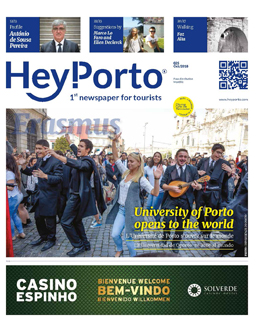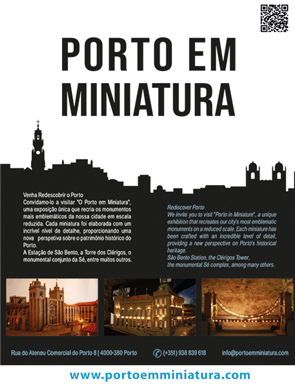He was one of the most renowned names in Portuguese architecture and the “father” of the so-called “Porto School”.
Born on August 25, 1923, in Porto, Fernando Távora was from a conservative family, descendant of the noble lineage of the Távoras. His first years of life were spent on family estates in Minho, in Bairrada and on the beaches of Foz do Douro. From an early age he showed a great aptitude for drawing and an avid interest in old houses. Contrary to the wishes of the family, who wanted him to study Civil Engineering, he enrolled at the Porto School of Fine Arts in 1941 to study Architecture.
He was a professor at institutions such as the School of Fine Arts of Porto (ESBAP), the Faculty of Architecture of the University of Porto (FAUP) – which he helped establish – and at the University of Coimbra. Founder of the so-called “Escola do Porto”, he was one of the great influences of other great names of national architecture such as Siza Vieira.
In addition to several works that he designed, and which reflect creativity, functionality, but also social responsibility, he equally contributed in the area of heritage conservation and restoration.
Fernando Távora died on September 3, 2005.
Some of the most emblematic works:
- Municipal Market of Santa Maria da Feira
- Tennis pavilion and outdoor arrangements at Quinta da Conceição, Matosinhos
- Restoration and adaptation of the Convent of Santa Marinha and Pousada, Guimarães
- General plan of the Urbanization of Guimarães
- Remodeling and expansion of the National Museum of Soares dos Reis, Porto
- Restoration and adaptation of the Palácio do Freixo and Pousada, Porto
- Casa dos 24, Porto (Historic Town Hall)








Comments are closed here.